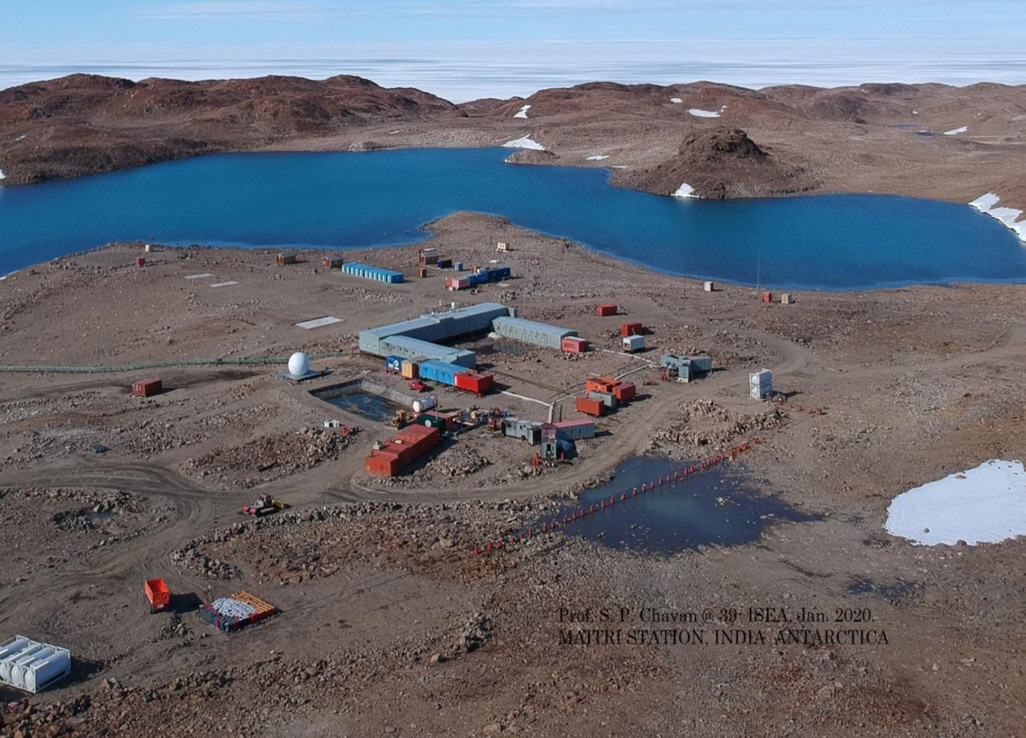The Lion’s New Home
Published: Jul 31, 2015

An Asiatic lioness rests in its last bastion, the Gir Forest of Gujarat. In the last decade, conservation efforts have resulted in a steady rise in the population of these majestic cats.
Keep reading with one of these options :
